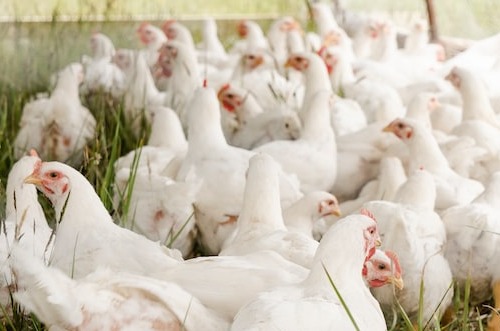W32: Chicken Update

In W32 in the chicken landscape, the Food and Agriculture Organization (FAO) reports that the meat price index decreased to approximately 117.8 points in Jul-23, a drop of 0.31% month-on-month (MoM) and over 5% year-on-year (YoY). While the monthly decrease in chicken meat prices was under 1%, the annual decline reached 12%. This downward trend can be attributed to increased global supply from producers and exporters, despite challenges posed by avian influenza outbreaks in major producing regions.
After experiencing chicken price drops since Mar-23 in the Brazilian market, chicken values rebounded in early Aug-23. Experts attribute this to a reduction in meat supply, a major pressure point on prices. The other factor is the traditional surge in demand at the month's outset due to salary payments, leading to increased purchasing power for a significant portion of the population. Although Brazilian chicken meat exports, fresh and processed products, experienced a slight 3% decline between Jun-23 and Jul-23, they still surpassed the volumes shipped in the same months in 2022. According to the Secretariat of Foreign Trade (Secex), Brazilian chicken foreign sales totaled 432.1 thousand metric tons (mt) in Jul-23, a 6.6% increase compared to Jul-22.
Argentina is expected to resume its chicken exports in Sep-23, benefiting from a 50-day period without bird flu cases. Argentina aims to reclaim poultry markets impacted by the epidemic. Argentina exported around 17% of its poultry production, valued at approximately USD 421 million in 2022. Following international recommendations, the National Agrifood Health and Quality Service (Senasa) has already notified the World Organization for Animal Health (WOAH) about Argentina's regained avian influenza-free status. The Ministry of Agriculture, Livestock and Fisheries announced this development, emphasizing the Senasa’s ongoing efforts to establish tools for trade continuity even in the potential poultry outbreak event. While a health emergency declaration remains in effect since February 15 via Senasa resolution 147, the agency remains committed to nationwide epidemiological surveillance and prevention measures.
Lastly, adjustments in Ukrainian chicken export logistic routes led to price increases, weakening its competitive position in the global market. In contrast, Brazilian and United States (US) broiler meat producers are expanding their presence in international markets. Establishing strong export channels is crucial for Ukrainian chicken producers to penetrate foreign markets, particularly in the Middle East, Europe, and Africa. The existing agreements, such as the one with Moldova, facilitate transportation. Rising electricity and fuel costs also influence poultry production costs, contributing to higher selling prices. The ongoing bird flu epidemic in the United KIngdom presents an opportunity for Ukraine to bolster chicken exports.








